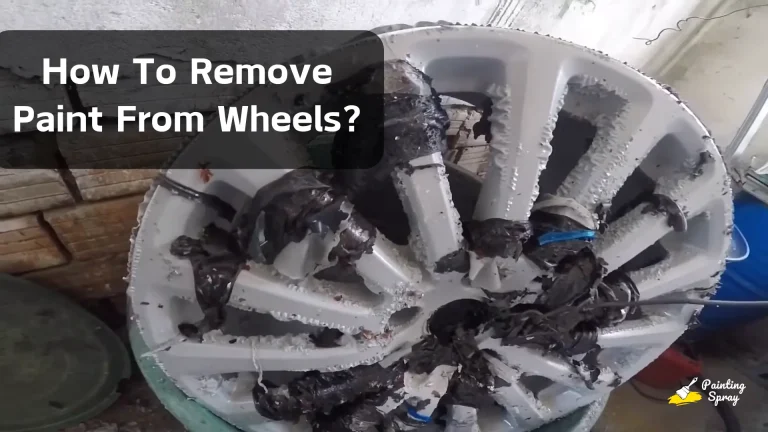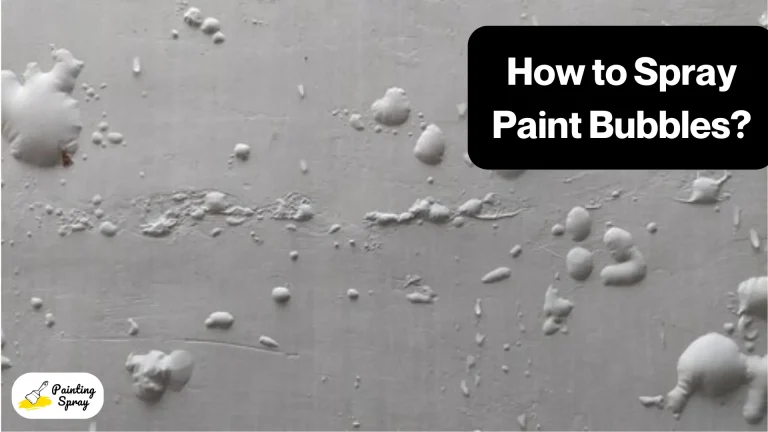How Much Paint I Need for One Wall? A Simple Guide to Estimate Your Requirements

When it comes to painting, one common question arises: how much paint do you need for one wall? To calculate this, measure the wall’s width and height, then multiply those numbers to find the total square footage. Typically, a gallon of paint covers about 350 to 400 square feet. Knowing this can help you avoid buying too much or too little paint for your project.
Choosing the right paint and finish can also affect the amount needed. Different paints may have different coverage rates, and textured walls might require more paint than flat ones.
Being aware of these factors can make your painting job smoother and more cost-effective.
With the right calculations and planning, you can achieve a great finish without overspending.
Understanding your needs before starting can save you time and effort while ensuring that your wall looks its best.
Determining Wall Dimensions
Knowing your wall dimensions is the first step in figuring out how much paint you need. By accurately measuring, you can calculate the square footage of the wall and adjust for any openings like windows and doors.
Calculating Square Footage
To find the square footage of your wall, measure the width and height. Use this formula:
Square Footage = Width (in feet) × Height (in feet)
For example, if your wall is 10 feet wide and 12 feet tall, the calculation would be:
10 ft × 12 ft = 120 sq ft
Once you have the total square footage, subtract the area of any windows or doors. Measure each opening by multiplying the width by the height. For instance, a window that is 3 feet wide and 4 feet tall would have:
3 ft × 4 ft = 12 sq ft
After that, your final square footage to paint is:
Total Wall Area – Area of Windows and Doors
Understanding Paint Coverage
Knowing how paint coverage works is key to buying the right amount of paint for your project. Several factors affect how much paint you’ll need for one wall, and using a paint calculator can help you make accurate estimates.
Factors Influencing Paint Quantity
Several factors determine the amount of paint required for a wall. First, consider the wall’s size. Measure the width and height to calculate the total square footage.
Next, count any doors and windows. These areas do not need paint, so subtract their square footage from your total.
Example:
- Wall dimensions: 12 ft (width) x 8 ft (height) = 96 sq. ft.
- A standard door: 3 ft x 7 ft = 21 sq. ft.
- Effective area to paint: 96 sq. ft. – 21 sq. ft. = 75 sq. ft.
The paint’s coverage rate also matters, usually listed as square feet per gallon. For example, if your paint covers 400 sq. ft., you would calculate your needs:
75 sq. ft. ÷ 400 sq. ft. per gallon = 0.1875 gallons.
Using a Paint Calculator
A paint calculator can simplify your planning. Input your wall size, number of doors, and preferred paint’s coverage. The calculator gives you a quick estimate of how much paint you need.
To use the calculator effectively, gather accurate measurements first. Input the total square footage after removing door and window areas. Then, enter the coverage information for the specific paint brand you selected.
Many calculators also suggest buying extra paint to handle mistakes or touch-ups. A good rule of thumb is to add 10% to your final amount to cover these situations. Using these tools ensures you won’t run out of paint mid-project.
Choosing the Right Paint
Selecting the right paint is key for achieving a good finish on your wall. You need to consider both paint and primer options, as well as the specific requirements for interior spaces. Here’s what you should keep in mind.
Considering Paint and Primer Options
When picking paint, it’s essential to choose the right type and quality. You can choose from options like matte, semi-gloss, or satin. Each type has its benefits:
- Matte: Great for hiding imperfections.
- Semi-gloss: Easier to clean, good for kitchens and bathrooms.
- Satin: A middle ground, offers some sheen without being too reflective.
Don’t overlook primer. It can help your topcoat look better and last longer. If you’re painting a dark color over a lighter one, use a tinted primer. This helps reduce the number of paint coats needed.
Selecting for Interior Painting
For interior walls, you want durable and washable paint since damage and stains can occur. Ceiling paint is usually flat to minimize imperfections and reduce glare.
When choosing colors, consider how they affect space. Light colors can make a room feel larger, while dark colors add drama and warmth. Always test colors on your wall first. Paint sample patches will give you a good idea of how the color looks at different times of day.
Applying the Paint
When you are ready to apply the paint, it’s important to know how many coats you will need. The number of coats affects the final look and durability of your paint job. This decision can depend on the color, type of paint, and the previous wall color.
Determining Number of Coats
Most painting projects require at least two coats of paint. The first coat provides a base, while the second coat helps achieve the color and finish you want.
If you are changing a light color to a dark one, you might need an extra coat. Similarly, if you are using a bold color for the first time, it can help to apply a primer first.
Here is a simple guide:
- Light to Dark Colors: Typically needs two coats.
- Dark to Light Colors: Might need three coats for full coverage.
- Coverage Factors: Different paints cover differently, so always check the label for recommendations.
Painting can also depend on the texture of your wall. Rougher surfaces might need extra paint to cover adequately. Make sure to choose a quality paint for better coverage and durability.






